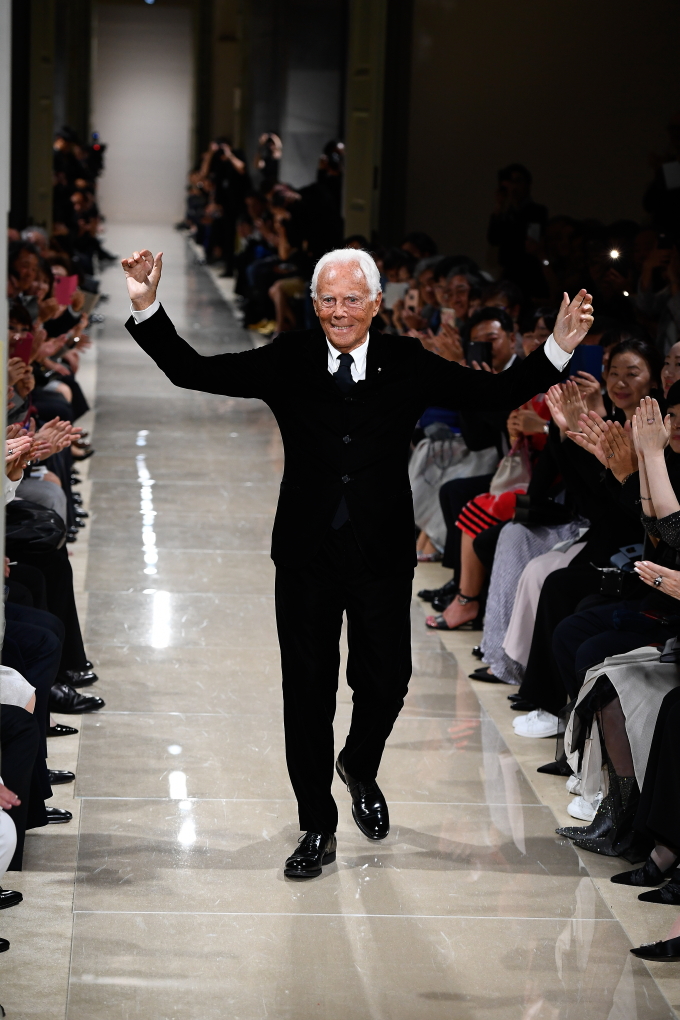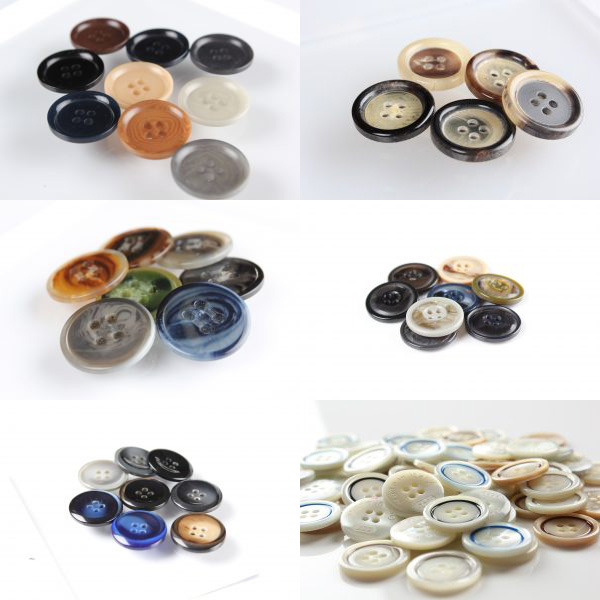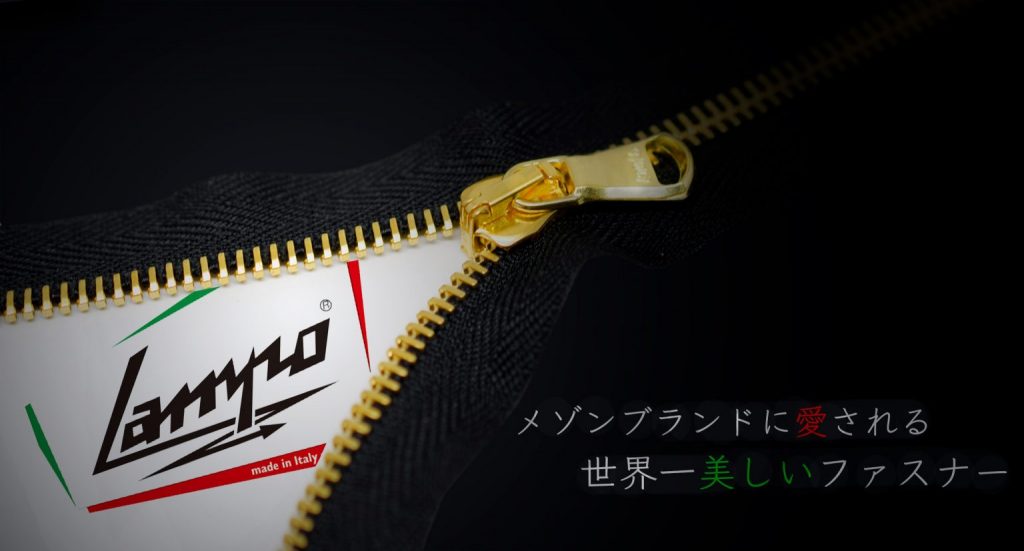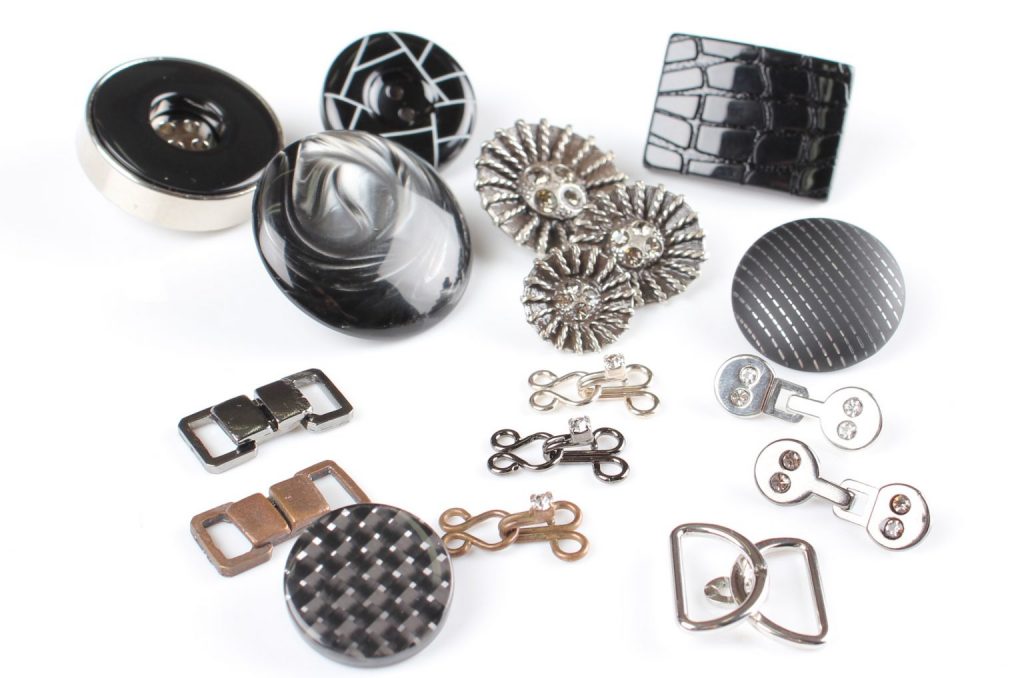When you think of Italian materials, you might associate them with luxury and elegance. Italy’s rich fashion heritage plays a significant role in this perception. In this blog, we’ll delve into Italy’s history to understand its contribution to fashion materials.
I am Yu Yamamoto from the TAILORS WORLD editorial team.
目次
Italy as a Factory in Europe
Until the mid-19th century, Italy was a collection of city-states, not yet a unified nation. It lagged behind countries like France and England in terms of industrialization and civilization. While the industrial revolution had already transformed clothing in these advanced nations, Italy’s transition was slower.
In contrast, England began producing suits inspired by military attire, shifting away from overly ornate clothing worn by the aristocracy. As wealth spread to the middle class, there was an explosion in demand for suits. However, these suits were handmade and made-to-order, and the shortage of skilled artisans couldn’t keep up with the demand.

This is where Italy comes into play. Italy boasted a tradition of skilled craftsmen, especially in the arts during the Renaissance. Moreover, labor was more affordable in Italy than in England. Over time, Italy became a hub for British factories looking to meet the increasing demand.
The Impact of Italian Craftsmanship
Italy’s journey to becoming a global fashion powerhouse truly took off after World War II. Post-war reconstruction, combined with the fusion of artistic culture and craftsmanship, gave rise to a unique Italian fashion identity. The emergence of the “3G” designers (Armani, Versace, and Filene) in the 1970s catapulted Italian fashion onto the global stage.
While mass production factories moved to countries with lower labor costs like Romania and Portugal, Italian factories opted for quality over quantity. This shift extended to material suppliers, leading to the production of materials that rival those used by high-end brands.



Introduction to Italian Materials
UBIC Buttons
Our company, Yamamoto, has collaborated with the Italian button manufacturer “UBIC” for over 45 years. UBIC buttons are renowned for their precise craftsmanship and vibrant Italian colors. They are favored by numerous European and American luxury fashion brands.

Lampo Zipper
Known as the “world’s most beautiful zipper,” this high-end zipper manufacturer, especially the “SUPER LAMPO” line, is used by prestigious brands like Chanel.

GAFFORELLI
This manufacturer has supplied accessory parts to maison brands for over 40 years. Their unique button and hook designs, as well as custom-made options, have garnered praise for their exquisite craftsmanship.

In Conclusion
The history of Italy’s fashion industry is intricately tied to its neighboring countries. Once a subcontractor for England and France, Italy’s fashion industry has climbed the ranks with inherited design and exceptional sewing skills. It is now one of the world’s top three fashion capitals, housing many sewing factories favored by high-end brands.
Despite its small landmass and limited resources, Italy’s fashion industry remains a crucial economic resource. While it faced significant challenges during the COVID-19 pandemic, Italy is showing resilience and making a strong comeback.
For orders, inquiries related to the content above, or questions about accessories and sewing services, please don’t hesitate to contact
After 2 years of training at a major order-made suit store in Japan, I started my career in apparel materials and fabrics.
I’m especially good at suits and coats.


